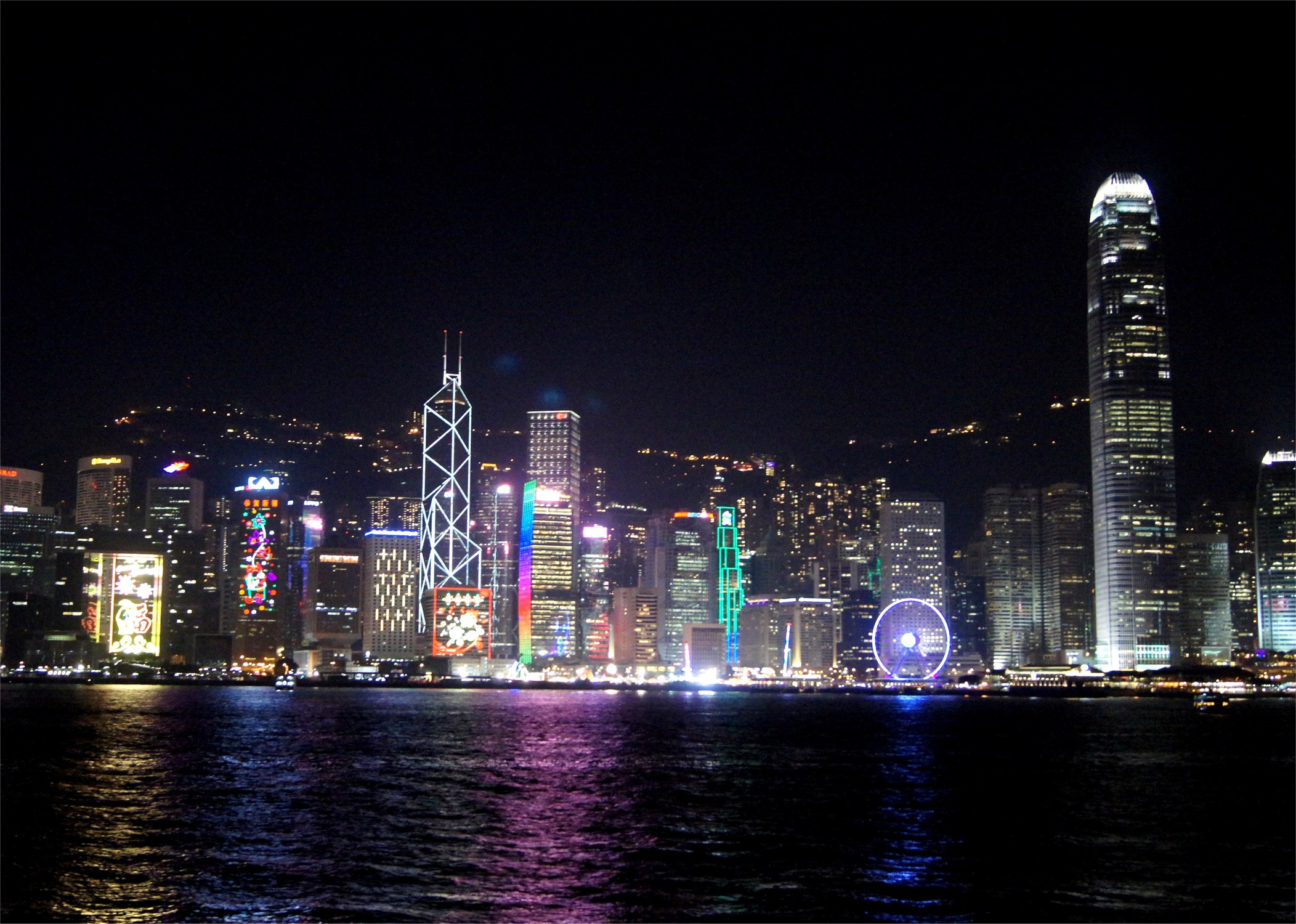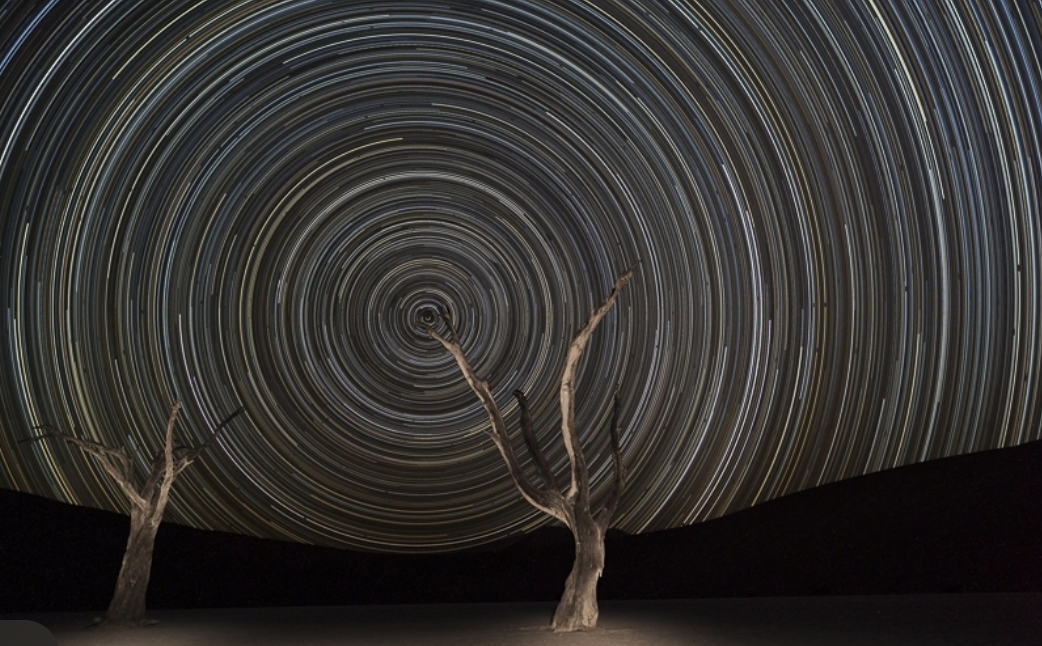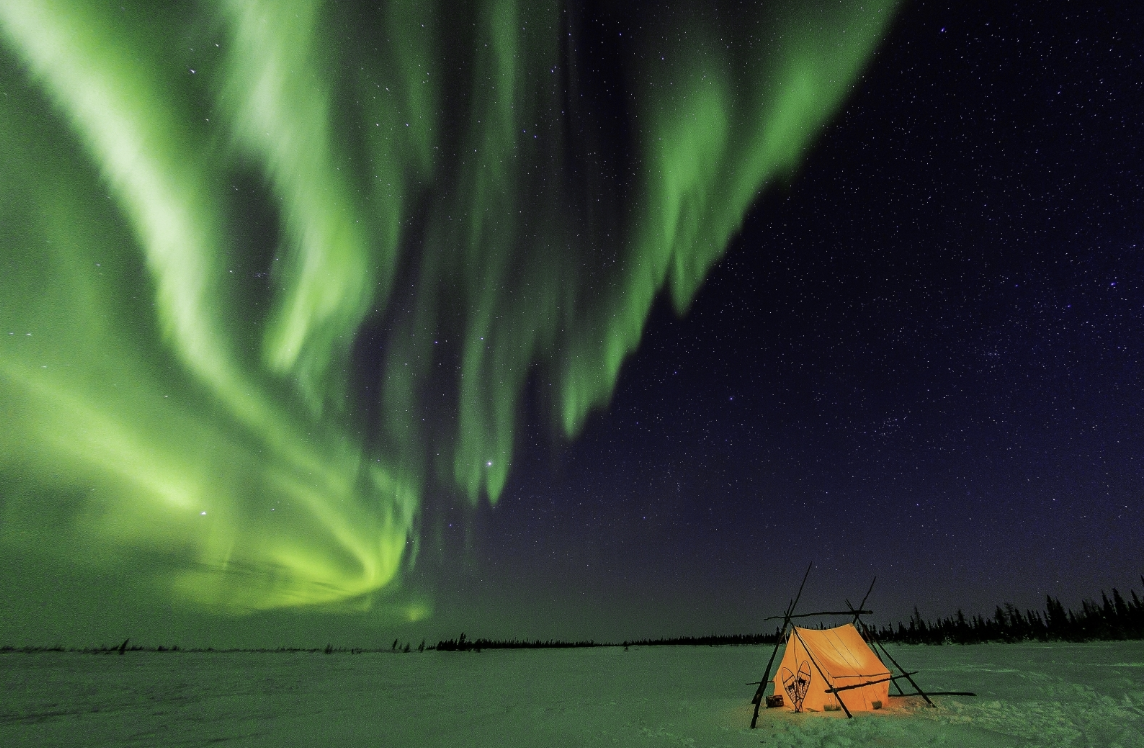Below are several tips for night-sky photography. Shooting the night sky can be difficult depending on your location, equipment, and many other variables. Following these tips can make the process a lot less changing:
Tip #1: Light up your foreground
Depending on where you are shooting, including a bright foreground can act as a silhouette and enhance your overall image. You can light up your foreground using a constant light source (make sure to move the light around during the entire exposure so you don’t end up with hot spots). Try taking multiple shots varying the exposure time and merge them as HDR (High Dynamic Range) which you can composite with your final image.
Tip #2: Avoid light pollution
Above: Hong Kong (taken by Dr. LAM Yee Man)
As you can see in the image above, the sky is completely empty. Photographing the night-sky around big cities and towns will create an excess of light pollution that will hurt the quality of your image. Try traveling away from these areas. The moon will also create light pollution which will block out some of the stars and have a devastating impact on long shutter speed photos.
Tip #3: Star Trails
Above: Star Trails and Camel Thorn Trees (taken by Thomas Kokta)
Due to the Earth’s rotation, star light appears to move around a celestial pole and can be captured on camera. When attempting to capture star trails, you will need a sturdy tripod and a lot of patience. Set your camera’s mode for manual or bulb shooting mode. Using a cable release or remote control, you can capture the stars moving across the sky.
Tip #4: Using long shutter speeds
When photographing the night sky, exposures of 15 minutes or longer will show the rotation of the Earth. Set your aperture between f/2.8 and f/4 and keep your ISO at 100 to keep the digital noise at a minimum. If you do not use a cable release or remote control to eliminate camera shake, it could completely your photo.
Tip #5: Auroras
Above: Aurora Lightning (taken by Thomas Kokta)
Photographing auroras and polar lights can be challenging because of frequent changes in the brightness of the light. Anchor your camera so it becomes steady for long exposures. Keep your ISO in-between 100 and 400. Depending on the amount of available light, your shutter speed can be up to 30 seconds long. Choosing a wide angle or faster lens will be most beneficial for this type of photography.
Previous post: https://www.thomaskoktaphotography.com/2019/10/16/what-you-should-know-about-wildlife-photography/
For a more extensive tutorial and detailed tips for night-sky photography: https://iso.500px.com/night-sky-photo-tutorial/




